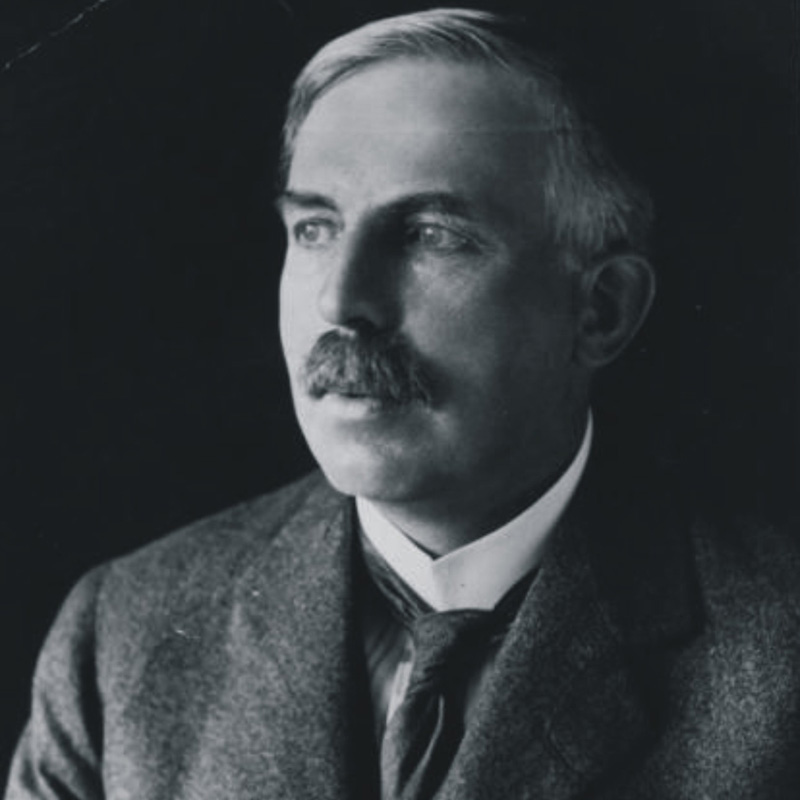Rutherford
104
Rf
Grupa
4
Okres
7
Blok
d
Protony
Elektrony
Neutrony
104
104
157
Ogólne właściwości
Liczba atomowa
104
Masa atomowa
[267]
Liczba masowa
261
Kategoria
Metale przejściowe
Kolor
Nie dotyczy
Radioaktywny
Tak
Named after Ernest Rutherford, the physicist and chemist from New Zealand
Układ krystalograficzny
Nie dotyczy
Historia
Rutherfordium was reportedly first detected in 1964 at the Joint Institute of Nuclear Research at Dubna.
The element was synthesized by Albert Ghiorso, Matti Nurmia, James Andrew Harris, Kari Eskola and Pirkko Eskola in 1968 at the University of California, Berkeley.
It was produced by the bombardment of californium with carbon atoms.
The element was synthesized by Albert Ghiorso, Matti Nurmia, James Andrew Harris, Kari Eskola and Pirkko Eskola in 1968 at the University of California, Berkeley.
It was produced by the bombardment of californium with carbon atoms.
Elektrony na poszczególnych powłokach
2, 8, 18, 32, 32, 10, 2
Konfiguracja elektronowa
[Rn] 5f14 6d2 7s2
Rutherfordium is the first transactinide element
Właściwości fizyczne
Stan skupienia
Ciało stałe
Gęstość
23 g/cm3
Temperatura topnienia
2373,15 K | 2100 °C | 3812 °F
Temperatura wrzenia
5773,15 K | 5500 °C | 9932 °F
Ciepło topnienia
Nie dotyczy kJ/mol
Ciepło parowania
Nie dotyczy kJ/mol
Ciepło właściwe
- J/g·K
Ilość w skorupie Ziemi
Nie dotyczy
Ilość we Wszechświecie
Nie dotyczy

Opis Obrazu: wal.nbed.nb.ca
The element is named after Ernest Rutherford who became known as the father of nuclear physics
Numer CAS
53850-36-5
Numer CID PubChem
Nie dotyczy
Właściwości atomowe
Promień atomowy
-
Promień walencyjny
157 pm
Elektroujemność
-
Energia jonizacji
6,011 eV
Objętość molowa
-
Przewodność cieplna
0,23 W/cm·K
Stopnie utlenienia
4
Zastosowania
Rutherfordium is used for scientific research purposes only.
Rutherfordium is harmful due to its radioactivity
Izotopy
Stabilne izotopy
-Niestabilne izotopy
253Rf, 254Rf, 255Rf, 256Rf, 257Rf, 258Rf, 259Rf, 260Rf, 261Rf, 262Rf, 263Rf, 264Rf, 265Rf, 266Rf, 267Rf, 268Rf